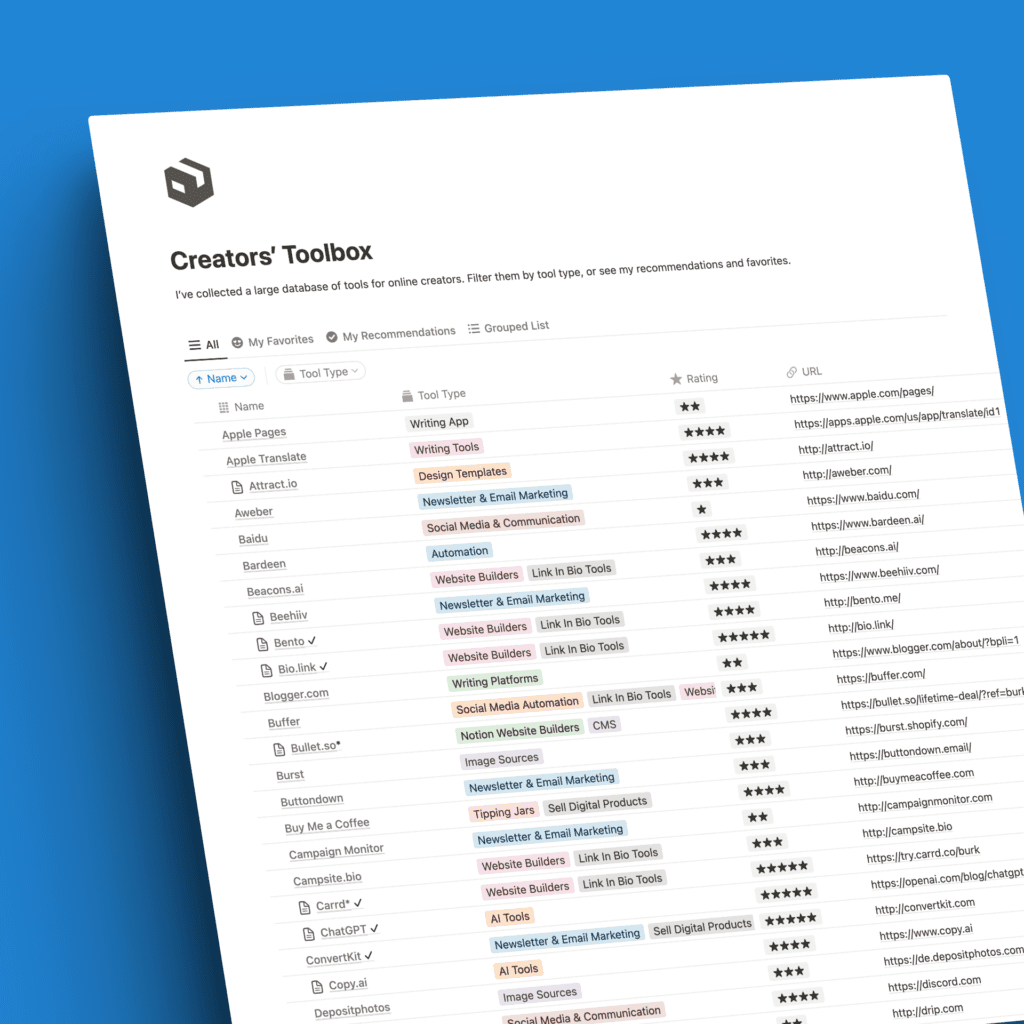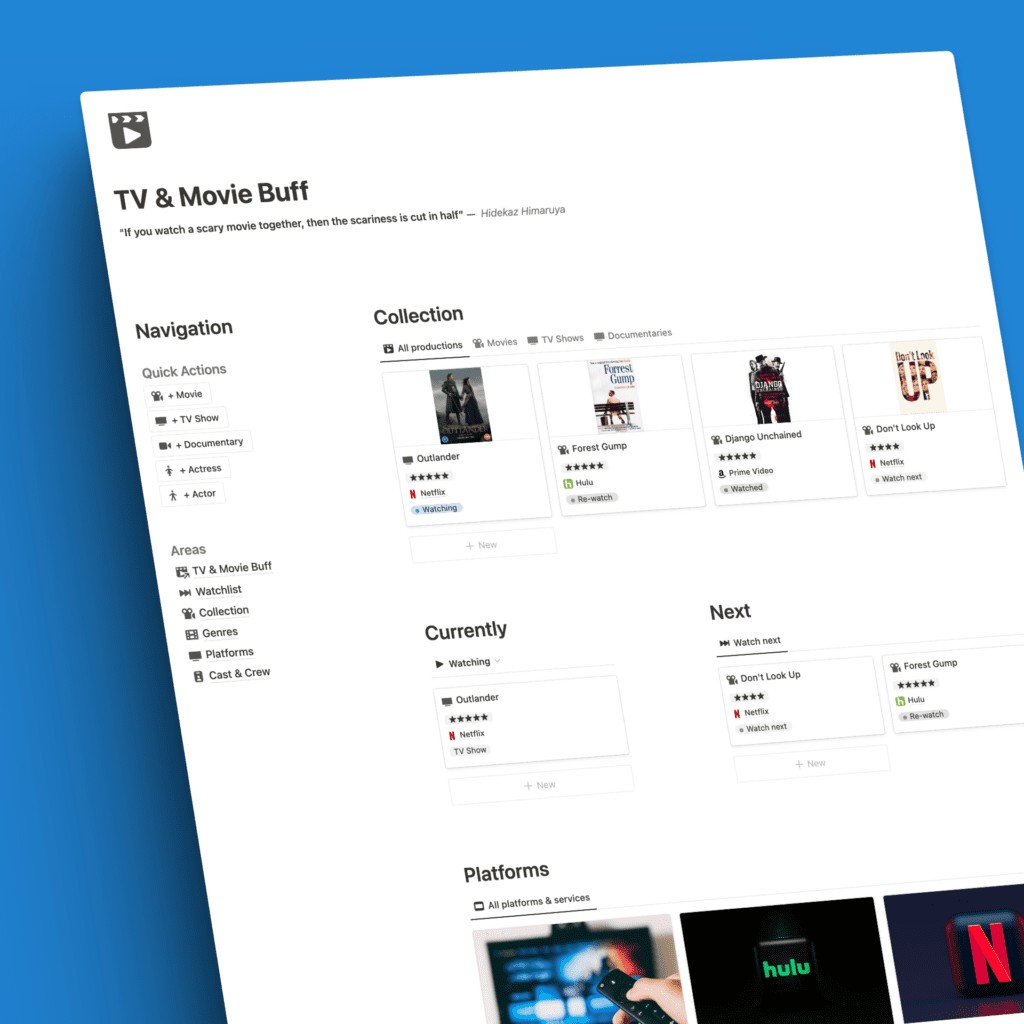Online flipping — buying digital assets like websites or social media accounts to resell later (at higher prices) — is not a new concept.
But a growing trend is people creating new blogs, channels, and newsletters solely to flip them for quick cash.
What’s the point of it? Does it work? And is this legit?
Or is it just another internet get-rich-quick scheme?
I decided to explore the world of flipping digital properties to figure out if it can really pay off.
Selling digital real estate
The old school way.
Selling profitable online assets has been around for years.
Domain flipping is one of the oldest digital markets — buy an apt domain name and sell for a markup.
But more types of online properties can now be flipped for profit like:
- Websites and blogs
- Social media accounts
- Newsletters
- Online courses
- NFTs
Platforms like Flippa, Fameswap, and Duuce have emerged to connect buyers and sellers of everything from sites to subscribers.
Some people even directly look to buy things on social media. I’ve seen quite a few people looking for newsletters to buy on X, for example.
This hype promises fast fortunes by starting and selling sites/channels within months.
But does this strategy really pay out?
Flipping blogs
Flippa makes it easy for anyone to sell a blog. To get it ready for sale you need:
- A domain name
- Website with content
- Appealing design
- Some traffic and revenue
Then you list it on Flippa, set an asking price, and wait for bids. Flippa takes a cut when it sells.
Instead of selling established sites, many creators now build simple blogs specifically to flip. With easy no-code site builders and AI writing tools, throwing together a blog to sell takes less time and skill.
Listings show sites less than a year-old selling for hundreds or thousands. Could be a tempting prospect.
But does it beat building a site yourself long-term?
Flipping social media
Fameswap lets you sell Instagram, YouTube, Facebook, and TikTok accounts.
With the popularity of social media, this can quickly sky-rocket prices.
But flipping social media has challenges:
- Need large follower count to demand big bucks
- Harder to fake engagement than on blogs
- Social platforms discourage account transfers
Smaller accounts with a few thousand fans go for a couple of hundred bucks. Larger followings in the millions can sell for tens of thousands.
But social media flippers need authentic growth, which takes real time and work. No buying followers or engagement!
Flipping newsletters
This is fairly new (as far as I can tell).
And it’s thanks to the humongous growth of the newsletter industry over the last few years with platforms like Substack, ConvertKit, or Beehiiv shooting to the top.
Whenever you create a newsletter, you can think of selling it later on. And there are platforms to help with that.
Duuce connects buyers and sellers of email newsletters and lists. Prices range widely based on list size. From a few hundred to hundreds of thousands of dollars.
For creators with a solid email list, selling could provide a quick payday.
But growing a quality list isn’t easy either. It requires consistency, value, and far and foremost, trust.
If you’ve come that far, why sell? And not profit yourself?
Red flags
Before you jump into flipping digital assets, there are also some red flags to consider:
Legality — Make sure flipping the asset you want is allowed by platforms and regulations. Transferring some properties like email lists members with personal data and information might be problematic (in some countries).
Time Investment — Creating flippable accounts often requires more grind than expected. Even with builders and AI-tools, it’s still work.
Burnout — Flipping solely for money instead of passion can lead to quick exhaustion. Choose ideas you genuinely enjoy.
Market Saturation — With more flippers entering the space, competition heats up while profits drop. Differentiation and niche specialization become essential.
Maintaining Trust — If buyers change the direction of a flipped asset like a newsletter, will your audience feel manipulated? Transparency is key.
Weighing pros and cons
Pros of flipping content platforms:
- Low barriers to entry with simple site builders and writing tools
- High ceilings — some listings sell for tens of thousands
- Faster potential payoff than scaling yourself
- Learn useful skills like marketing and monetization
Cons of flipping:
- Still requires significant time and effort
- No guarantee your asset will sell
- Untapped long-term potential by selling early
- Have to keep starting over with new assets
- Risk of market saturation and declining value
The bottom line
Can you make money flipping digital assets? Absolutely. Some creators are cashing in big time.
But sustainable success requires passion and vision behind the platforms you build. Get rich quick schemes typically fizzle out fast.
Rather than churning out projects to flip, put your energy into building something meaningful — whether you eventually sell it or not.
If you love the process and connect with your audience, monetization will follow.
One way or another. That’s my opinion.








